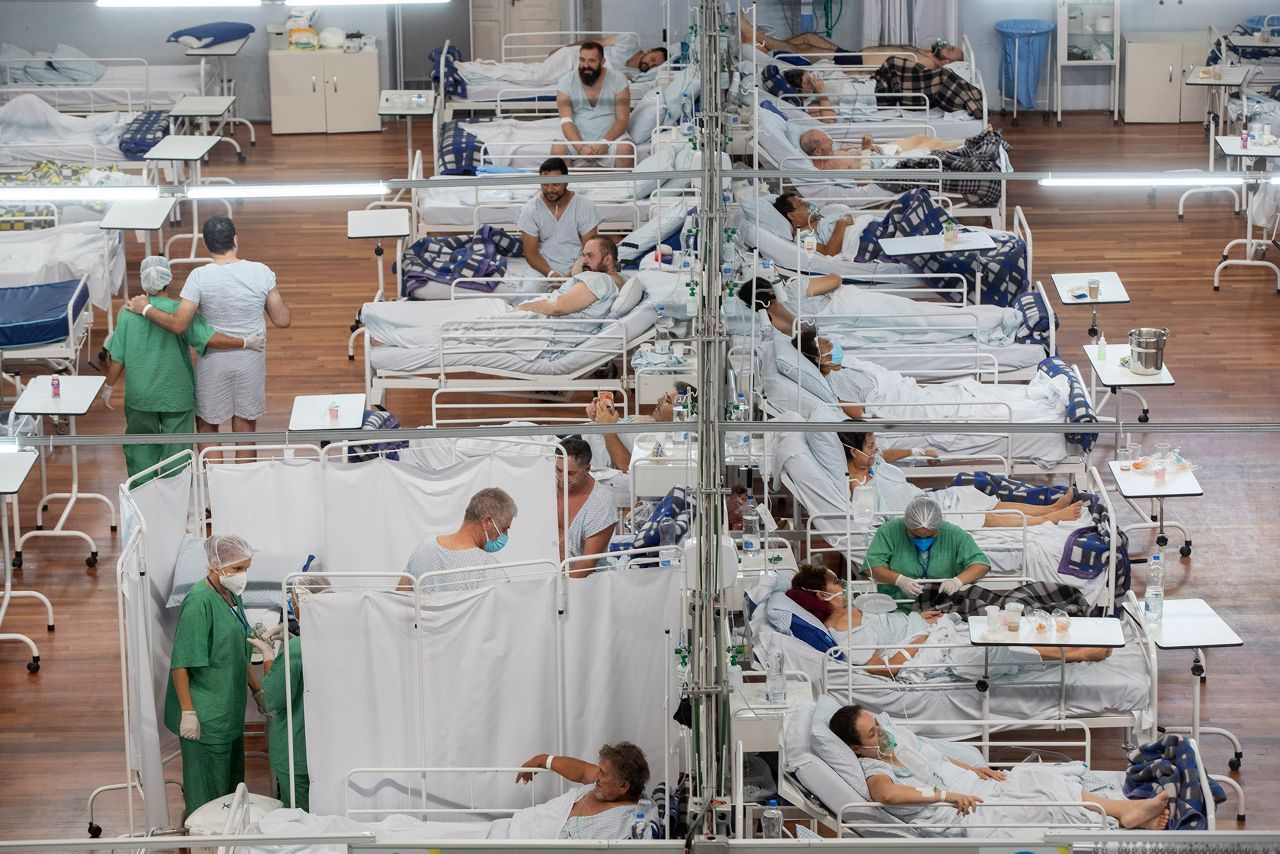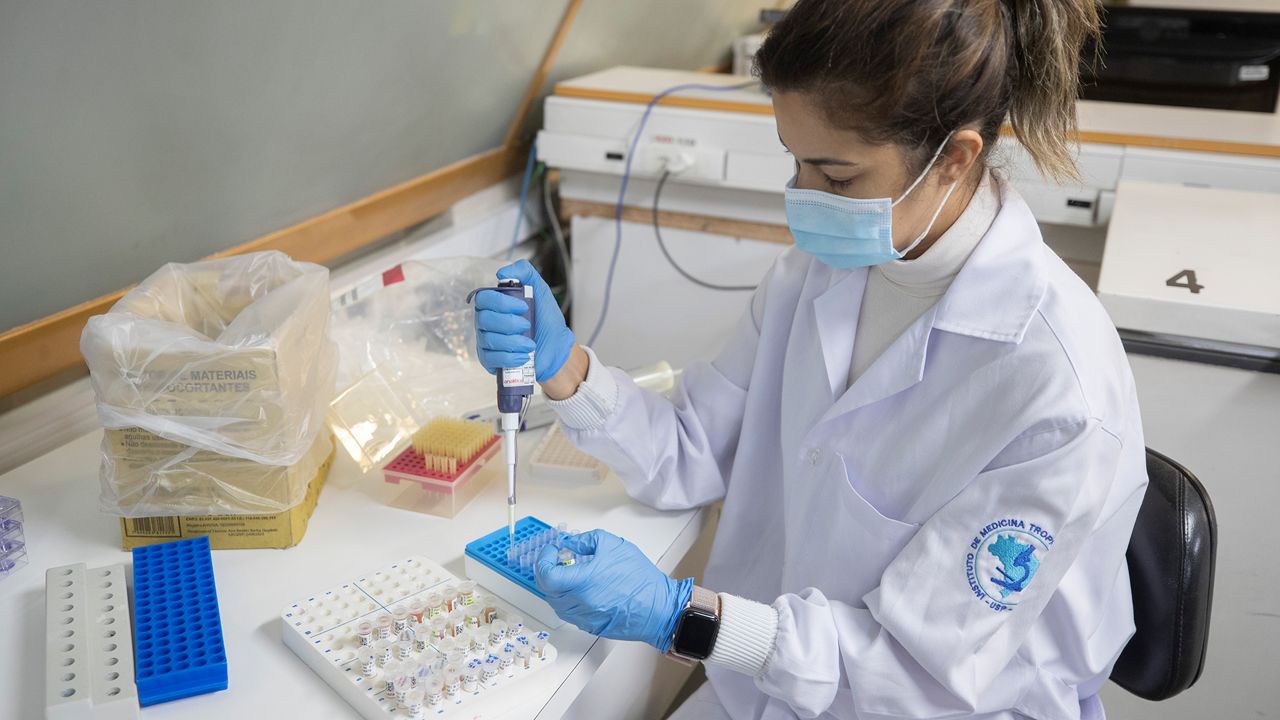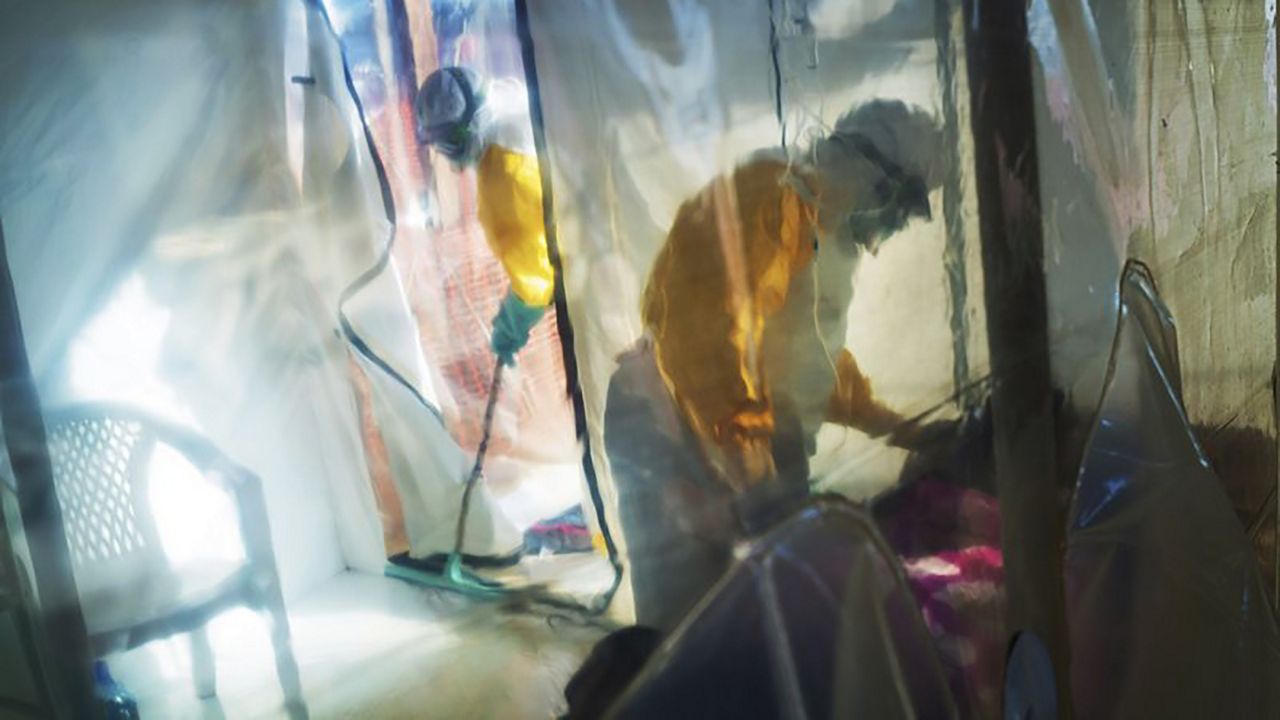COLUMBUS, Ohio — Researchers at Ohio State University Wexner Medical Center detected the state’s second and third cases of P.1, the COVID-19 variant surging in Brazil, according to submissions Monday.
What You Need To Know
- The variant surging in Brazil has now been detected in three Ohio patients
- Ohio State researchers reported two more cases of the variant on Monday
- The patients were sampled on March 10 and March 11, according to the submissions
The two patients were a 25-year-old female who was tested on March 10 and a 29-year-old male tested the following day.
The lab submitted the state’s first case of the variant on March 5. The patient was a 2-year-old at Nationwide Children’s Hospital in Columbus, who was tested on February 24.

Experts are concerned by early evidence that in Brazil, where the variant is surging, people who recovered from infections with previous strains are becoming reinfected with this one, but further studies are underway with regard to vaccine efficacy. Pfizer reported on March 8 that its vaccine is highly effective against the variant. There have been 61 CDC-confirmed cases in the U.S. from 18 states, according to the CDC.
Brazil is currently reporting the most daily COVID-19 cases of all countries.
Also this week, an Ohio Department of Health laboratory reported its third and fourth cases of the more contagious B.1.1.7 strain discovered in the United Kingdom, which has been more thoroughly documented in Ohio. The two samples were from Clark County.
The CDC’s dashboard shows 158 B.1.1.7 cases have been confirmed in Ohio, after 30 more cases were confirmed Tuesday night. The other research teams that have reported cases of the variant are University Hospitals Health System in Cleveland (64), the Centers for Disease Control and Prevention (12), and Ohio State University (3). No information was available as to which labs detected at least 75 of the state’s CDC-confirmed cases.
P.1 is more difficult to track than B.1.1.7 because analysis of PCR test results can indicate that a sample may be the latter variant. Experts are working to develop better tools for detecting P.1 cases.







